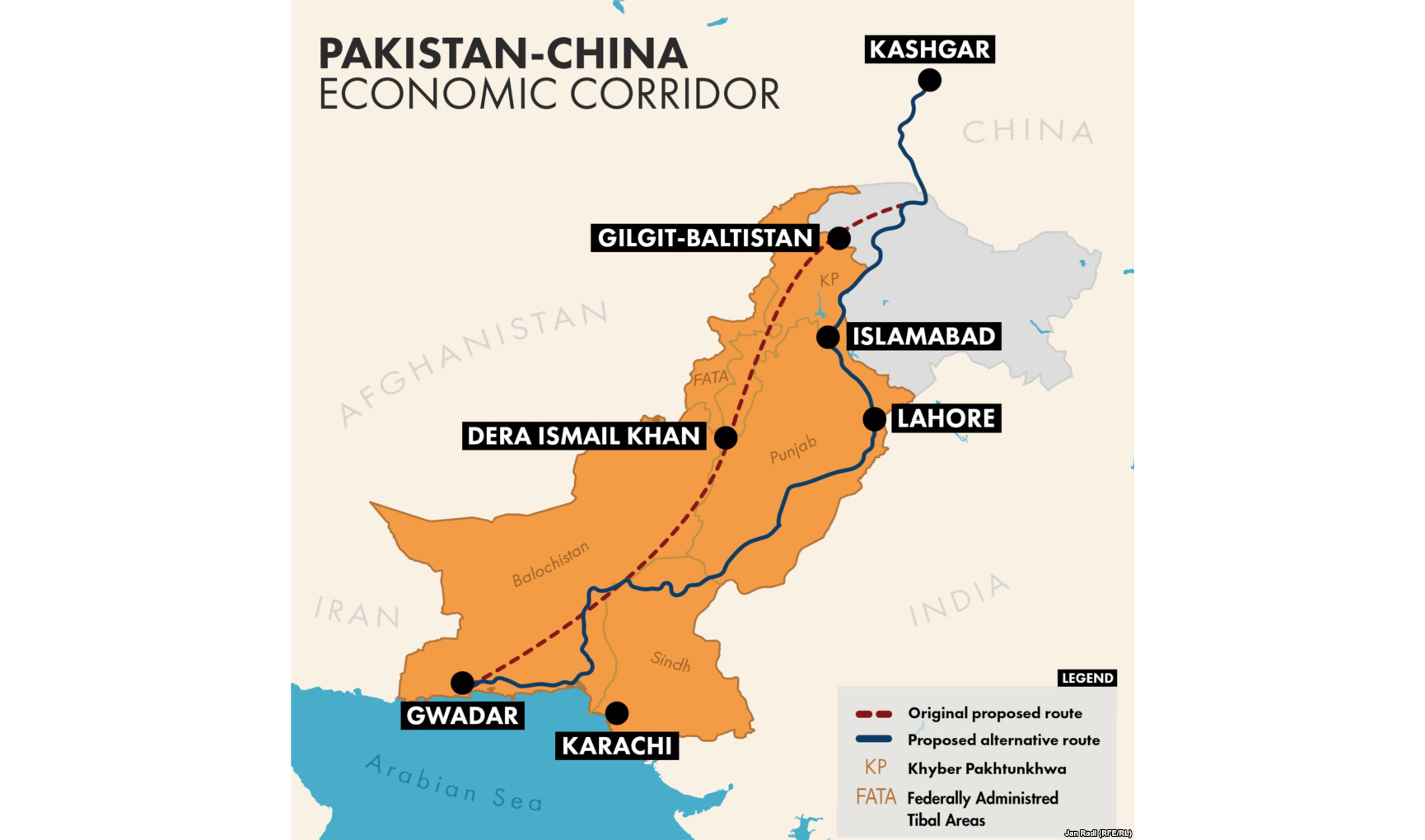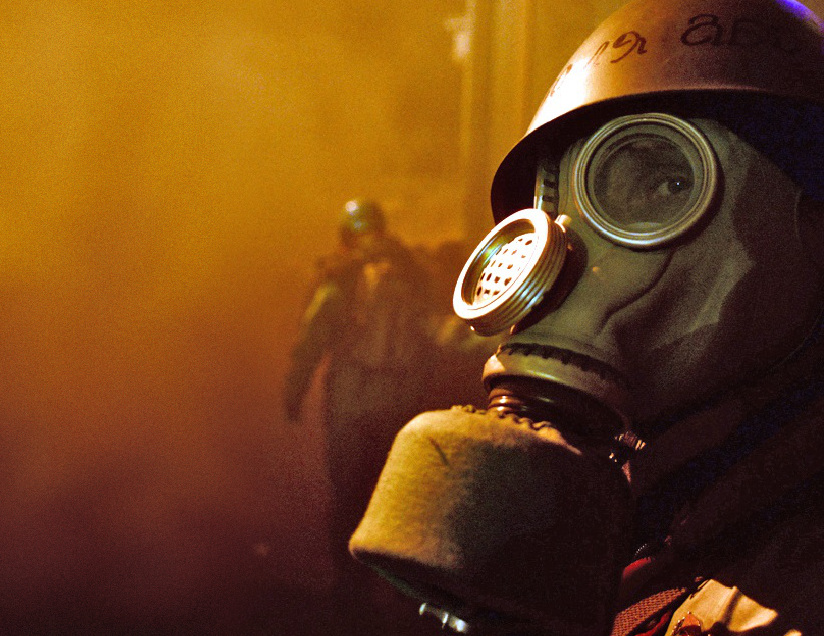Evaluating the failures in the US programs to train and arm moderate rebels in Syria
The operation was supposed to train 5,000 rebels a year. Of just 54 rebels trained, only four or five fighters remain in September 2015.1 The US program to arm moderate opposition groups in Syria has come to widespread public attention after numerous presidential candidates have criticized its failures. For at least two years, the Syrian opposition program was at the heart of United States policy towards Syria. These rebel groups also played an important role in U.S. efforts to fight ISIS on the ground in Syria. But the operation was always fraught with difficulties and weaknesses. If the United States is honest, it must realize that half-measures will never achieve a US-friendly victory in the war-torn nation. Since the United States will remain unwilling to commit to a full military invasion of Syria, it should recognize the impossibility of success under current strategy and remove its support from the opposition groups.
The Syrian conflict erupted in 2011 in response to the Assad regime’s arrest and torture of teenagers who painted revolutionary slogans on a school wall. As protests mounted and revolutionary groups formed, the nation devolved into chaos and violence. The conflict left at least 220,000 dead by March 2015. Because of the fighting, the nation has become a breeding ground for radical terror groups like al Qaeda and ISIS. In fact, the chaos in Syria was the primary factor leading to the creation of ISIS. Countering these extremist groups on the ground has been a top US priority since early 2013.2 As of December 2013, an estimated 1,000 opposition groups, collectively composed of more than 100,000 fighters, operated in Syria.3 Jabhat al-Nusra, an extremist faction working closely with Al-Qaeda, has gained popularity and dominance on the ground in Syria. Since mid-2012, the vast majority of Syrian insurgency has been coordinated closely with Al-Qaeda affiliates. These measures have been effective against the Assad regime.4 In the overall balance of the war, however, radical groups have gained a dramatic upper hand over their more moderate counterparts.
The U.S. Government’s Programs
In the beginning of 2015, the Department of Defense allocated $500 million of the Counterterrorism Partnerships Fund toward training moderate rebels in Syria. Most of the aid went to the Syrian Revolutionary Front and the Harakat Hazzm Movement, two moderate rebel groups. The program’s trainees were also pulled out of their ranks.5 On May 7, DoD announced the training of the first 90-man cohort and the beginning of the screening process for 7,000 more troops.6 The Pentagon program’s goal was to train 5,000 rebels a year. In September 2015, when asked how many U.S. trained rebels were still fighting, CENTCOM General Lloyd Austin told the Senate Armed Services Committee: “It’s a small number… we’re talking four or five.”1
Critics of the Pentagon program often fail to recognize the existence of a second, CIA-run training program. The failures of the Pentagon seem less shocking when considered in the context of the greater US strategy to arm opposition groups. The CIA program operates mostly in secret. Precise details about its operations are not available. The Washington Post estimated that the program consumes $1 billion a year and reported that it began in early 2013. Officials told the Huffington Post in June 2015 that CIA has sent almost 10,000 fighters into Syria.7 According to the Brookings Institute, CIA’s program produces around 100 fighters a month. Yet even at this rate, the opposition force would take seven years to rival the largest rebel group in Syria—the Islamic Front.8
Pinpointing Policy Failures
Both CIA and Pentagon training programs have been fraught with difficulties since their inception, including low arms shipments, recruiting complications, and a poor understanding of rebel motivations.
Moderate rebel groups never received the resources they needed to counter more extreme and better-armed opposition elements. Because moderate rebel groups frequently coordinated operations with hardline jihadists, the United States became overly cautious in its distribution of arms and supplies. The moderate rebels saw no problems with their actions; coordinated operations were effective. The United States, however, would do anything to avoid supporting its extremist enemies. Consequently, both CIA and DOD allocated weapons and ammunition too sparsely. Weapons shipments were so small that commanders had to ration ammunition. One of the most trusted commanders received 16 bullets a month per fighter. Another received less than three-dozen rifles when he asked for more than 1,000. As of January 2015, CIA has stopped shipping arms to all but a few trusted commanders. Rebels report that they get only 5% to 20% of the arms requested from CIA.9 One Defense contractor, Purple Shovel LLC, even tried to sell faulty grenades to the Pentagon in order to fulfill a shipment quota to the Syrian rebels.10 As former US Representative Mike Rogers pointed out, “We didn’t commit to them, so why should we expect them to commit to us?”9
Syria also presents a challenging dilemma when intelligence forces try to vet friendly Syrian rebel groups. If vetting standards are too stringent, the US-backed forces will never reach the strength necessary to rival competing groups in Syria. If vetting standards are too relaxed, the United States risks arming terrorists. To resolve this difficult dilemma, CIA field operatives have largely implemented the system used in Afghanistan: identify one tribal leader who, in turn, will recruit his own fighters. Concerning this method, former CIA operative Patrick Skinner told Newsweek magazine in November 2014: “Syria is a vetting nightmare with no way to discern the loyalties of not only those being vetted but also of those bringing the people to our attention.” The practical effect of this vetting problem has been to make the Pentagon and CIA more reluctant to give full support to moderate opposition groups.11
To make matters worse, U.S.-trained rebels often left their brigades for ideological reasons or financial opportunities. CIA typically paid its fighters $100-$150 a month, with commanders making only slightly more. ISIS and al-Nusra, an Al-Qaeda-backed affiliate, typically pay their fighters twice as much.9 Much of ISIS’ current manpower is composed of fighters from other Syrian rebel groups who joined for financial, not ideological, reasons. Marwan, an ex-moderate rebel commander interviewed in October 2014, told reporters: “I became so frustrated that I reached a point that I was ready last July to pledge allegiance to [ISIS].” He said he changed his mind only when he saw trusted comrades being held by ISIS as “apostates.”12 Additionally, most rebels wanted to fight Assad and viewed him as their biggest enemy. US programs, however, largely ignored this motivation and instead trained groups to fight the Islamic State. This lack of ideological understanding on the part of the United States contributed to a lack of motivation by the troops on the ground.7
Evaluating Opposition Failures
Since October 2014, moderate rebels have expressed concerns about al-Nusra, worried that it was leading the revolution down the wrong path. The United States did nothing in response to this warning.4 When the initial Pentagon group of 54 rebels entered the battlefield in July 2015, al-Nusra kidnapped their leader and attacked them. A number of Hazzm fighters were taken hostage and several dozen more joined the ranks of al-Nusra.7 , 5 In May 2014, moderate rebels lost a critical strategic strongpoint in the city of Homs. Since then, US-backed groups have struggled to gain strategic victories while extreme Islamists have made major gains. In September 2015, rebel groups reported that shipments of weapons from the United States have stopped. The US government seems to be faltering in its support for moderate rebel groups. The Pentagon itself has yet to comment on these actions.5
The overall balance of the Syrian War is increasingly tilting against US interests. The United States is also not the only party financing opposition groups in Syria. Funding for radical terror groups like al-Nusra has come from wealthy donors in the Gulf, including two Kuwaiti sheikhs.13 These Gulf donors are actively working to contravene US interests in supporting moderate rebel groups. Various news sources have reported an influx of Russian arms to the Assad regime. DoD confirmed the existence of a Russian Forward Operating Base in Latakia, Syria, complete with prefabricated housing and anti-aircraft missiles. Satellite images have revealed the presence of Russian trucks and T-90 tanks.14 Meanwhile, more than four million Syrians have fled their country and Europe is struggling with the refugee crisis.15 As if the civil war was not enough of a problem, ISIS has overrun major parts of the country.16
If the number of refugees flooding into Europe is any indication, efforts to solve the Syrian conflict have proven ineffective. Syria remains a security threat, a humanitarian crisis, and a breeding ground for radical Islamic terrorists. Answers will not come easily for the international community. However, the United States must face the reality that powerful forces are working against its interests in Syria. In order to achieve a favorable outcome, the United States would need to commit enough resources to overcome the combined strength of Gulf-state-backed extremist factions, Assad, and Russia. Moderate groups would have to defeat all of these opposing parties, establish their own government, and keep order. The United States does not have the resources or political willpower to sustain such a war effort. There are not even enough moderate rebels to comprise such a force (at least without a substantial risk of arming extremist groups).3 The United States simply cannot achieve victory in Syria without committing its own ground forces to assist the moderate rebels, which it is not prepared to do. Opposition training programs consume more that $1 billion a year. Until policymakers design a comprehensive strategy to counter Assad, Russia, al Nusra, and ISIS in Syria, they should recognize the failures of current measures and end support for moderate rebel groups. ■
- BBC News. “Syria Crisis: ‘Only Four or Five’ US-Trained Syrian Rebels Are Still Fighting.” September 17, 2015. Accessed September 22, 2015. http://www.bbc.com/news/world-middle-east-34278233.
- BBC News. “Syria: The Story of the Conflict.” March 12, 2015. Accessed September 28, 2015. http://www.bbc.com/news/world-middle-east-26116868.
- BBC News. “Guide to the Syrian Rebels.” December 13, 2013. Accessed September 22, 2015. http://www.bbc.com/news/world-middle-east-24403003.
- Lister, Charles. “Are Syrian Islamists Moving to Counterbalance Al-Qaeda? Will It Last?” Brookings Institute. March 23, 2015. Accessed September 22, 2015. http://www.brookings.edu/blogs/markaz/posts/2015/03/23-syrian-islamists-balancing-with-alqaeda-lister#.VRAdH_CNINE.twitter.
- Banco, Erin. “US Stops Flow Of Weapons To Moderate Syrian Rebels, Considers Vetting New Groups In South.” International Business Times. November 18, 2014. Accessed September 22, 2015. http://www.ibtimes.com/us-stops-flow-weapons-moderate-syrian-rebels-considers-vetting-new-groups-south-1725240.
- Lead Inspector General for Overseas Contingency Operations. “Operation Inherent Resolve.” Department of Defense. June 30, 2015. Accessed September 22, 2015. http://www.dodig.mil/IGInformation/archives/LIG_OCO_OIR_Public_8192015.pdf.
- Ahmed, Akhbar. “Only ‘4 Or 5’ U.S.-Trained Rebels In Syria? Not Exactly.” Huffington Post. September 16, 2015. Accessed September 22, 2015. http://www.huffingtonpost.com/entry/four-five-fighters-pentagon-syria_55f9ad27e4b0d6492d63ed49.
- Lister, Charles. “Increasing Military Assistance to the Syrian Opposition? Some Ground Truths.” Brookings Institute. April 3, 2014. Accessed September 22, 2015. http://www.brookings.edu/research/opinions/2014/04/03-military-assistance-syrian-opposition-lister.
- Entous, Adam. “Covert CIA Mission to Arm Syrian Rebels Goes Awry.” The Wall Street Journal. January 26, 2015. Accessed September 22, 2015. http://www.wsj.com/articles/covert-cia-mission-to-arm-syrian-rebels-goes-awry-1422329582.
- Gibbons-Neff, Thomas. “Report: U.S. Contractor Tried to Arm Syrian Rebels with Defective Grenades.” The Washington Post. September 18, 2015. Accessed September 22, 2015. https://www.washingtonpost.com/news/checkpoint/wp/2015/09/18/report-u-s-contractor-tried-to-arm-syrian-re els-with-defective-grenades/.
- Stein, Jeff. “Inside the CIA’s Syrian Rebels Vetting Machine.” Newsweek. November 10, 2014. Accessed September 22, 2015. http://www.newsweek.com/2014/11/21/moderate-rebels-please-raise-your-hands-283449.html.
- McDonnell, Patrick, and Nabih Bulos. “U.S. Again Turns to Syria’s FSA Rebels, Despite Known Problems.” Los Angeles Times. October 26, 2014. Accessed September 22, 2015. http://www.latimes.com/world/middleeast/la-fg-syria-fsa-20141026-story.html#page=1.
- The Economist. “The War in Syria: Rebel Atrocities.” October 13, 2013. Accessed September 22, 2015. http://www.economist.com/node/21587959.
- Ashford, Emma. “Russia Raises the Stakes in Syria.” Cato Institute. September 15, 2015. Accessed September 22, 2015. http://www.cato.org/blog/russia-raises-stakes-syria.
- Laub, Karin. “Despite ‘Record’ Amounts Of Aid, Syrian Refugees Still Struggling: UN.” Huffington Post. September 20, 2015. Accessed September 22, 2015. http://www.huffingtonpost.com/entry/syrian-crisis-has-gotten-record-amounts-of-aid-but-its-still-not-enough-un_55ff021ce4b0fde8b0ceabb6.
- U.S. Congress. House. Committee on Committee on Foreign Affairs. The Growing Strategic Threat of ISIS. 114th Cong., 1st sess., 2015. H. Rep. 17.





